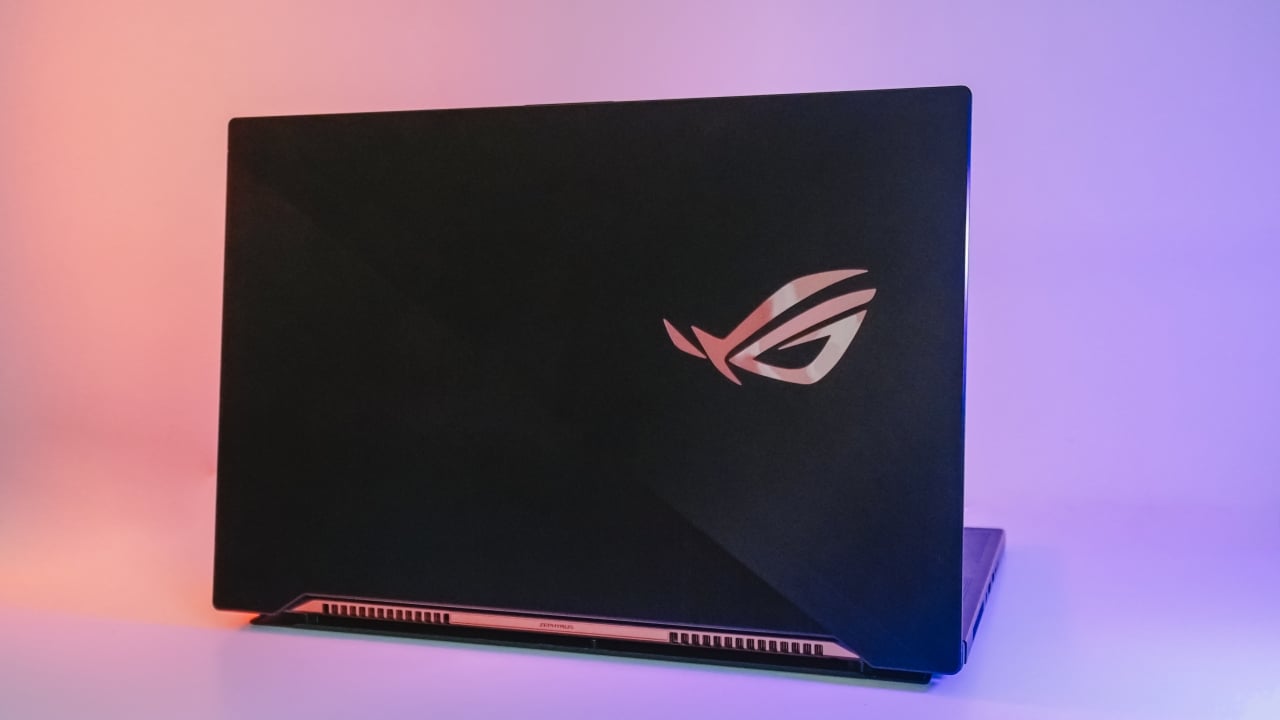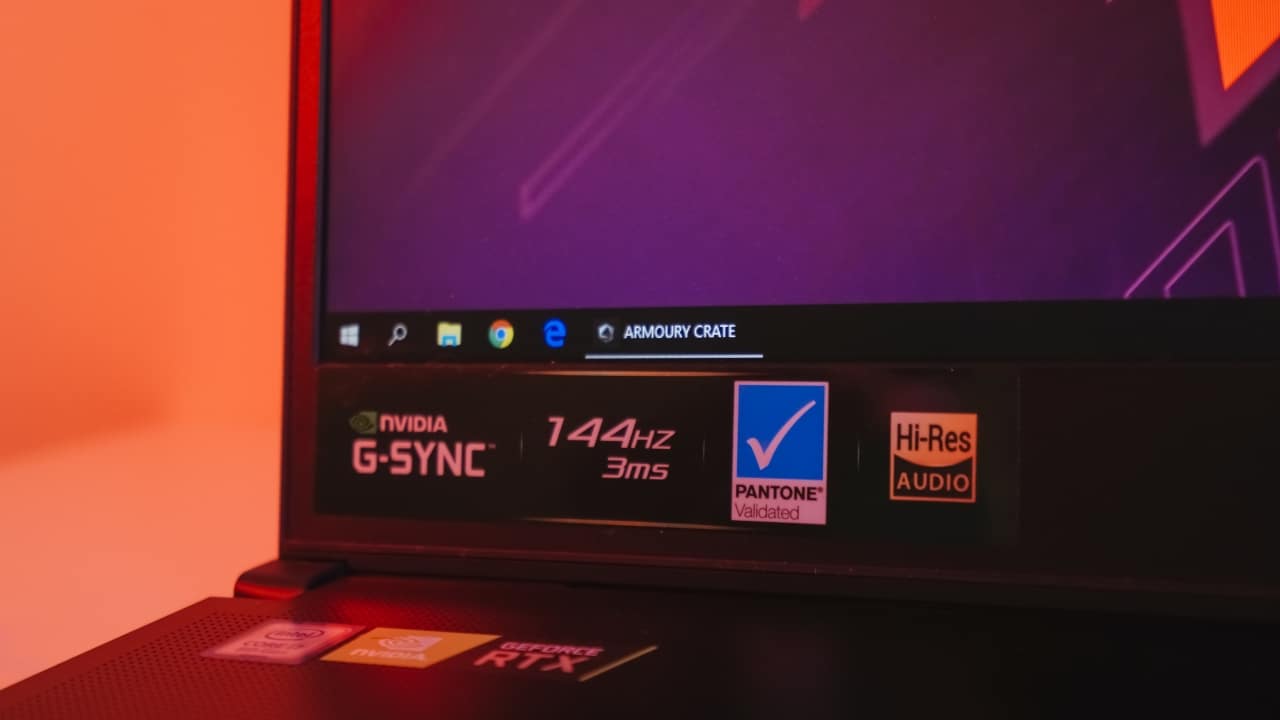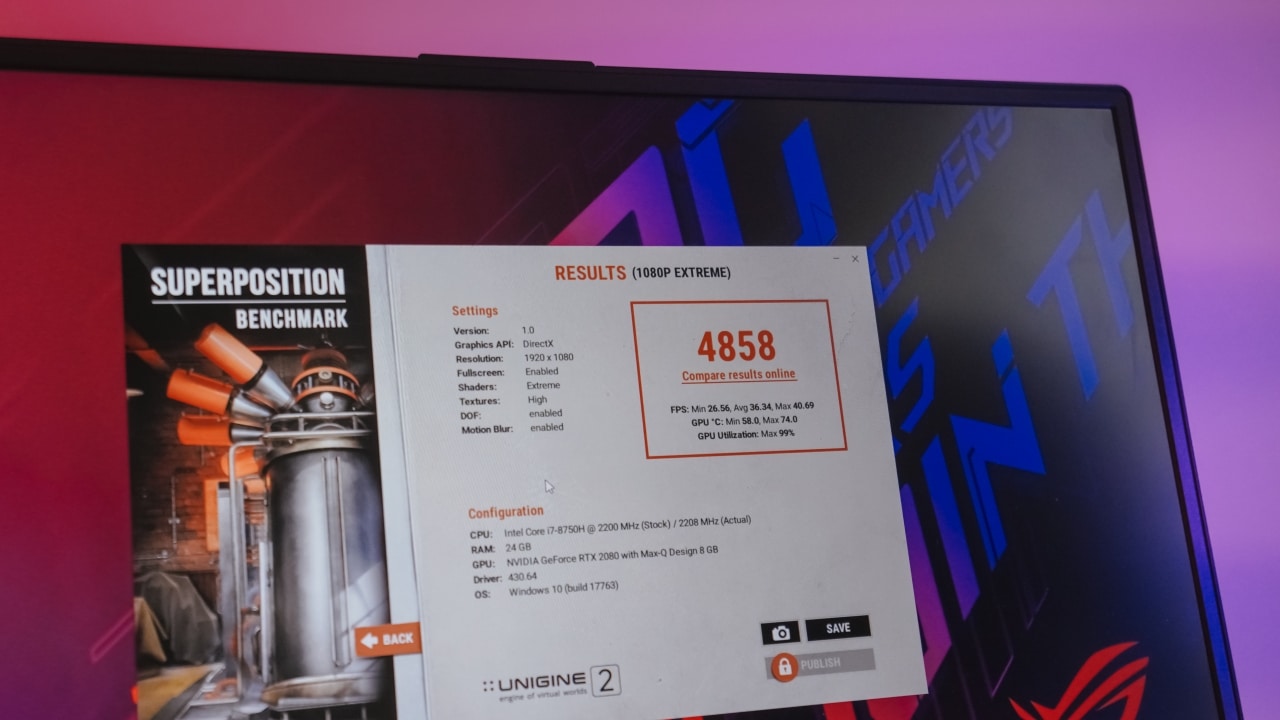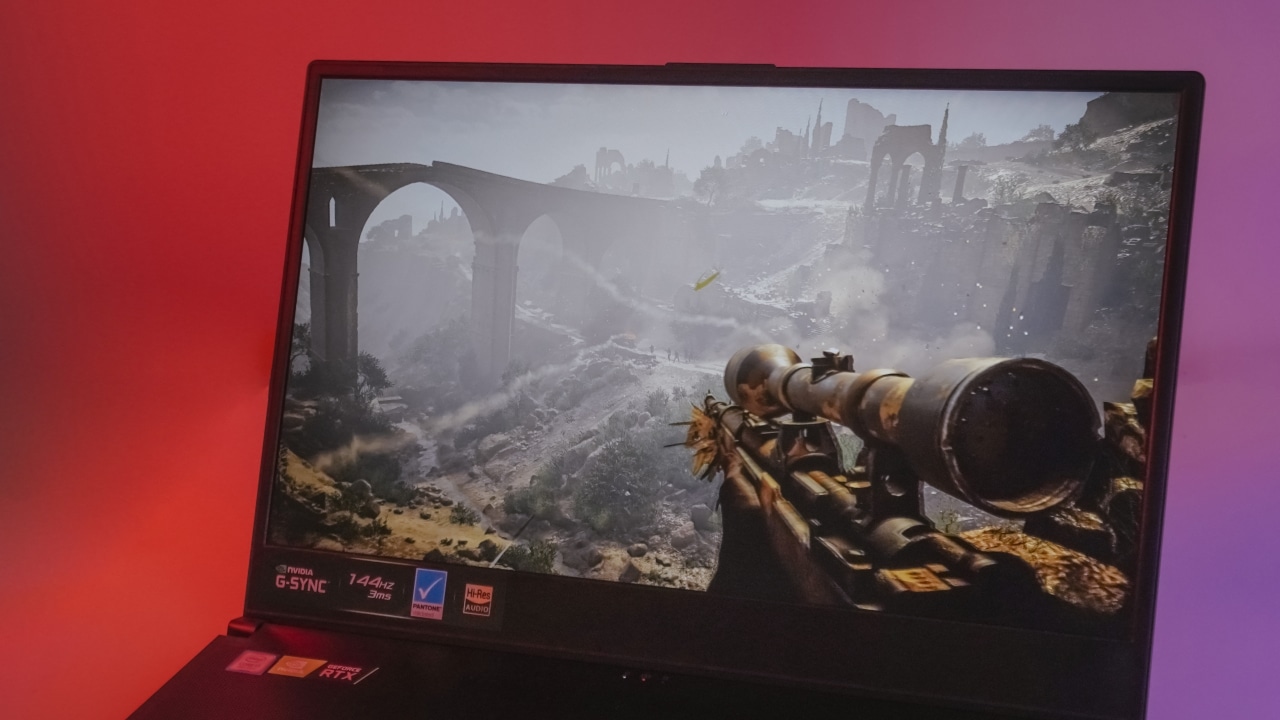ASUS ROG Zephyrus S (GX701) review
A lot of credit has to be given to ASUS for pushing gaming laptop designs forward. Back in 2017, the original ROG Zephyrus paved the way for a new category of high-powered laptops that didn’t weigh a ton.
Since then, we’ve seen different variations of the Zephyrus that either upped the power or modified the original look. That evolution eventually led to the Zephyrus S (GX701) I’m currently reviewing.
With the some of the latest components and refinements based on previous generations, this Zephyrus already seems like a winner in my book. The question is: Does it have enough oomph to compete against the laptop brands that have caught up?
Mục Lục
It all starts with the design
Once again, it’s the overall makeup that makes the Zephyrus S stand out. Every design cue was placed not just to make the magnesium-alloy body look sleek, but to improve airflow and cut as many grams as possible.
For one, ASUS managed to cram a 17.3-inch screen within a body normally reserved for 15-inch laptops. On top of that, its height tops out at 18.7mm and weighs about 2.7kg. That’s larger than what we’re used to from the Zephyrus line, but this beats every other high-end machine with equal specs.


Back as well is the Active Aerodynamic System (AAS) which lifts the bottom panel for more air intake. It sounds similar to ASUS’ ErgoLift on its ZenBooks, but the implementation here is more performance-centric, and unfortunately, not comfortable on a lap.
However, AAS is still the key to better cooling while staying slim. It’s complemented by two 12V fans and five sets of heatpipes to get as much heat away from the high-powered components. The only tradeoff is the awkwardly placed keyboard and trackpad; the former sits really low with no palm rest while the latter takes getting used to in its rightmost spot.


What I loved was the placement of the volume roller to the upper-left of the keyboard. It makes adjusting the two 2.5W speakers so easy. Pressing the roller mutes them. Less vital, but greatly appreciated, is how far the power button is from everything — safe from accidental touches.
To the side, we’re treated to two USB-C ports (one of which is capable of DisplayPort 1.4 and Power Delivery for charging), three USB-A, one HDMI 2.0, and a 3.5mm audio port. There’s no mention of Thunderbolt 3 which is a bummer at this price range.
The features we actually want
ASUS definitely went for the no-compromise approach when creating the Zephyrus S. On top of all the features mentioned above, the specs are a collection of the must-haves and great-to-haves in both gaming and content creation.
The screen in particular, while only 1080p in resolution, owns a refresh rate of 144Hz with a 3ms response time and NVIDIA’s G-Sync tech for smoother visuals. Even more interesting: the panel has a Pantone color certification for 100 percent sRGB coverage — ideal for creators who value color accuracy.


On the software side, Armoury Crate is a pleasantly comprehensive piece of software that allows you to monitor CPU and GPU frequencies, temperatures and voltages, and how much work the fans are putting in.
In addition, the program lets you change settings such as the RGB lighting of the keyboard and bundled mouse. But what makes the software so intuitive is that it can be accessed anytime by pressing the ROG button above the trackpad and monitored through a smartphone. I’ve always loathed non-stock Windows apps, but Armoury Crate is definitely an exception.


One more cool feature is the ability to charge the Zephyrus S using any PD-certified adapter or powerbank. Chances are you’ll always have its lightweight power supply on you, but for the few instances you don’t, this is a lifesaver considering how below-average the battery life is.
The one feature that’s missing is a built-in webcam. ASUS decided to leave it out in favor of slimmer bezels around the display. This might be a downer to some; at the same time, this opens the opportunity for folks to use an external webcam which would be far superior to the low-end cameras most laptops these days come with.
Performance you’d expect
It goes without saying that raw performance is what the Zephyrus S excels at most. From the Core i7-8750H and GeForce RTX 2080 Max-Q to the 24GB of RAM and 1TB M.2 PCIe storage, there’s no shortage of power in this machine.
Since the panel is of the 144Hz kind, you really feel these specs push the laptop to what it’s truly capable of. I’ve used gaming notebooks with a 4K display stuck at 60Hz, and I never felt that their high-end components were maximized to their full potential.


Personally, I find the 1080p resolution with a 144Hz refresh rate and G-Sync support to be the best-possible combination. After all, I honestly can’t tell the difference going any higher in pixel count on a 17.3-inch monitor. This is the sweet spot, and the Zeph nails it.
Here are a few benchmark numbers:
Shadow of the Tomb Raider: 95fps (1080p, Highest preset)
Unigine Superposition: 4858 (1080p Extreme)
Cinebench R15: 112.19fps (OpenGL), 1176cb (CPU)
Truth be told, the results only speak for a small portion of the big picture. Having an 8th-gen Core i7 chip and RTX 2080 (even if it’s a slightly slower Max-Q variant) should instantly signal that AAA game are no problem for this setup.
Even though we’re seeing silicon manufacturers pushing out newer, faster chipsets than ever before, rest assured the configuration we have here will run through games for years to come. We’ve reached a point wherein the next generation of games will stop being so demanding on hardware and instead focus on optimizing for current-gen processors.


On the downside, the battery life is lackluster as usual. When not plugged in to a wall socket, I’m lucky to get 2.5 hours out of this thing with a balanced workload consisting of web browsing and Photoshop usage. It’s expected out of any gaming laptop at this point and should be anticipated by any potential buyer.
Is this your GadgetMatch?
Even though gaming laptops are becoming increasingly common and more affordable in some cases, beasts like the Zephyrus S deserve the distinction of pushing the category to new heights. The model I reviewed here retails for PhP 199,995 or around US$ 3,835. It’s a heavy price to pay, but you’re getting top-notch hardware in return.
While this is certainly too much for mainstream users, creators and hardcore gamers will see the value in its top-notch components and attention to detail. ASUS has taken the Zephyrus line to yet another level, which is a major achievement considering how great the series had been to begin with.
The ASUS ROG Zephyrus S is available in ROG Megamall and ROG Concept Stores in the Philippines.





